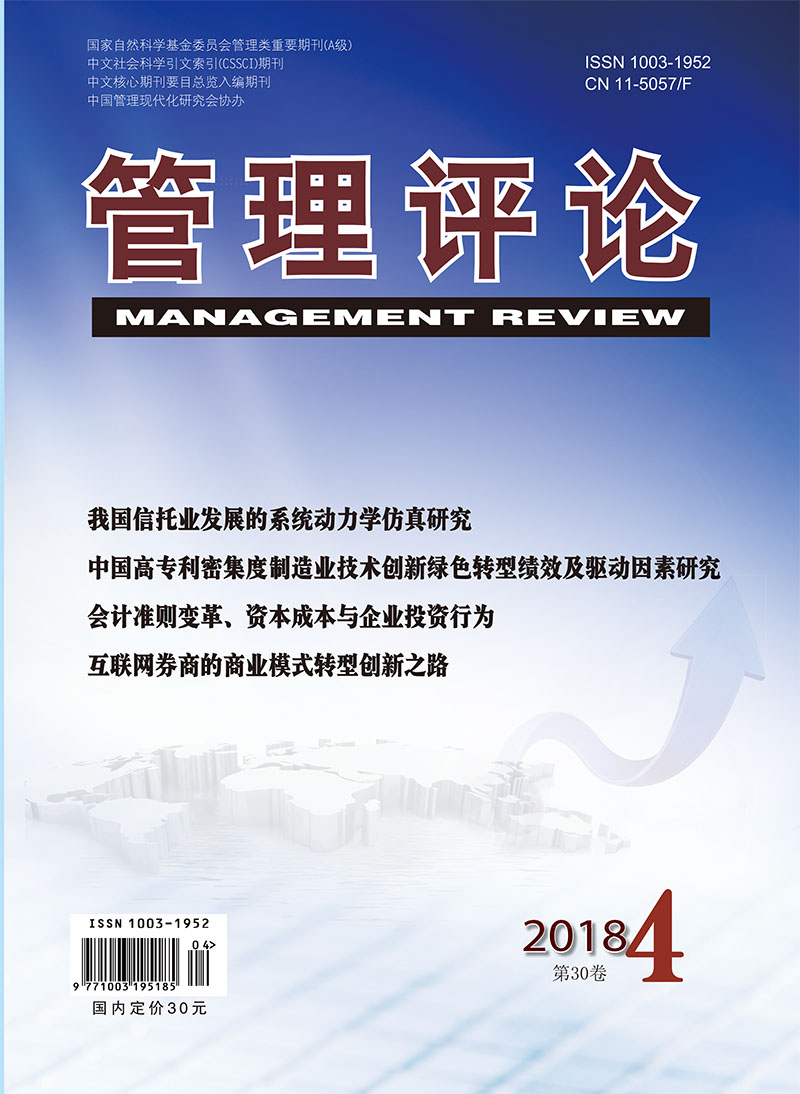Railway transportation bears heavily on the people's livelihood and especially on public welfare as commonweal transportation service is provided at prices lower than market prices. Therefore, developing a railway transportation subsidy mechanism is of great significance for railway transportation to play a role as a commonweal tool in China. First, by analyzing different railway commonweal transportation subsidy mechanisms of China, Britain, France and Norway, this paper summarizes four railway commonweal transportation subsidy schemes, i.e., cross-subsidy and loss subsidy scheme, franchise and the lowest subsidy bid, fixed subsidy for each unit of freight contract and performance subsidy contract. Then, this paper observes the benefits associated different situations directly, by analyzing players' best responses under different institutional arrangements from the perspective of game theory. At last, based on our own national conditions, this paper analyzes the applicability of four railway commonweal transportation subsidy schemes in China, and presents recommendations:cross-subsidy and loss subsidy scheme has the lowest efficiency, so it must be reformed as soon as possible; in the short term, performance subsidy contract is suitable for China; in the medium term, the most appropriate subsidy mechanism should be fixed subsidy for each unit of freight contract; and in the long term, competition should be introduced into the railway transport industry and the structure of railway transportation market should be adjusted in such a manner as to ensure that multiple railway transportation players will be invited for the franchise bidding with the lowest-subsidy.

